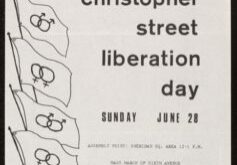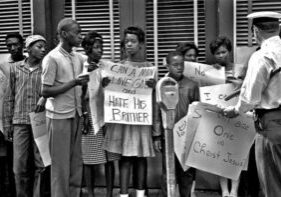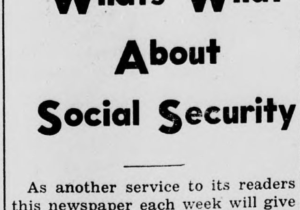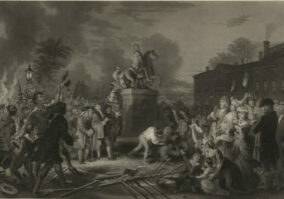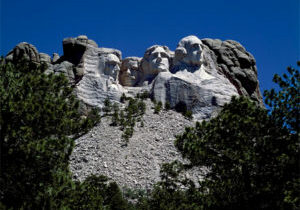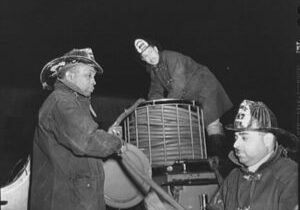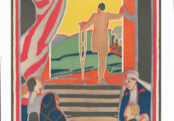Lesson Plans
Stonewall: A Building. An Uprising. A Revolution.
Pair the picture book, Stonewall: A Building. An Uprising. A Revolution., with primary sources to have students consider multiple perspectives as they build knowledge of this historic event in LGBTQ+ rights movement. After students can read the summary of the Equality Act, which passed in the House but has not moved out of committee in the Senate, and one or more comments on it published in the Congressional Record. Encourage students who feel passionately about the Equality Act to write to their Senators to share their thoughts.
When Washington Crossed the Delaware
Pair the picture book, When Washington Crossed the Delaware, with primary sources to have students practice close reading of both texts and maps while investigating the events leading up to and following this key accomplishment in the Revolutionary War. After, students can research a current event and create a map based on their learning along with a curator's note that briefly describes its value; create a gallery walk of student work.
Let the Children March
Pair the picture book, Let the Children March, with primary sources to have students investigate the beliefs of the marchers and their supporters. After, students can tell the story, in words or pictures, of a march they have participated in or a march they could imagine themselves participating in because they passionately support that cause.
Thanks to Frances Perkins: Fighter for Workers’ Rights
Pair the picture book, Thanks to Frances Perkins: Fighter for Workers’ Rights, with primary sources to highlight how one person can influence the thinking of a nation while having students investigate the historical origins of social security. After, students can connect with seniors to share their learning and interview them about their experiences with social security today.
Pulling Down the Statue
Students analyze, then compare and contrast primary source images to investigate the historical removal of a monument. Next students read articles to to investigate contemporary events related to statue removals, then write an op-ed article that links their study of the past to the present situation.
The Art of Tribute
What can you learn about people by analyzing statues created to memorialize them? Who is worthy of a monument? Students consider these questions and more as they analyze primary sources. After, students research and evaluate the building of historical statues and monuments in the United States. Students then either create a drawing or small prototype of a statue of someone to be installed in the National Garden of American Heroes or write a short op-ed against the construction of the National Garden of American Heroes, sharing their work with their congressional representative.
Monumental Men
George Washington, Thomas Jefferson, Abraham Lincoln, and Theodore Roosevelt made significant contributions to the United States. Through the lens of both primary and secondary sources, students learn about the characters and contributions of these presidents and determine for themselves the qualities and accomplishments that make someone, including themselves, worthy of a lasting tribute. The lesson also includes extension activities for ELA, math, science, and music connections.
Welcome to Congress
Students are introduced to Congress through primary source analysis and discover how a member of Congress is part of two communities- their home community that they serve, and the community of Congress. After, the teacher may guide students in finding out about their congressional representative and consider sending the rep a letter (see Teacher's Guide).
Community Helpers
The importance of community helpers is a building block of civics understanding. Students investigate who community helpers are and how they have changed over time through primary source analysis, then match historical and contemporary images of community helpers. After, have students draw a picture of themselves as community helpers and/or a community helper in their community and share stories about those people.
Ancient Rome’s Veterans with Disabilities: Roman Accounts and U.S. Veteran Comparisons
Students compare how two societies separated by centuries think about and act toward veterans who live with a disability.
